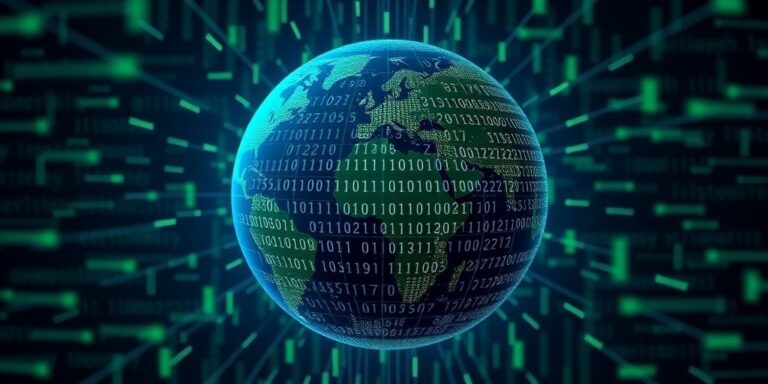Nation-State Cyber Attacks: Escalation and Espionage in 2027
In 2027, the landscape of cyber warfare has evolved dramatically, marked by increased sophistication, frequency, and global impact of nation-state cyber attacks. This report examines the key trends and notable incidents shaping the current state of cyber espionage and digital conflict.
Key Trends
-
Advanced Persistent Threats (APTs): APT groups, often state-sponsored, employ stealthy and continuous hacking techniques to gain access to sensitive information. These groups are increasingly leveraging artificial intelligence (AI) to enhance their capabilities, making detection and mitigation more challenging.
-
Critical Infrastructure Attacks: Attacks on critical infrastructure, such as energy grids, water supplies, and communication networks, are on the rise. These attacks aim to disrupt essential services and cause widespread panic and economic damage.
-
Supply Chain Vulnerabilities: Nation-states are exploiting vulnerabilities in global supply chains to compromise multiple targets simultaneously. By inserting malicious code into widely used software or hardware, attackers can gain access to a vast network of victims.
-
Information Warfare and Disinformation Campaigns: Cyber attacks are increasingly used to spread disinformation and propaganda, aiming to influence public opinion and undermine democratic processes. AI-driven deepfakes and sophisticated bot networks are exacerbating this threat.
-
Ransomware as a Geopolitical Tool: Some nation-states are using ransomware attacks as a tool to generate revenue, disrupt adversaries, or mask other malicious activities. Ransomware-as-a-Service (RaaS) models have lowered the barrier to entry, enabling smaller or less sophisticated actors to participate in these campaigns.
Notable Incidents in 2027
-
The Great Data Heist: A large-scale cyber espionage campaign targeted multiple government agencies and defense contractors, resulting in the theft of highly classified information. The attack was attributed to a foreign intelligence agency seeking to gain a strategic advantage.
-
Gridlock: A coordinated cyber attack on a major power grid caused widespread blackouts, affecting millions of people and disrupting critical services. The attack highlighted the vulnerability of interconnected infrastructure systems and the potential for cascading failures.
-
Operation ShadowNet: A sophisticated supply chain attack compromised a widely used software library, enabling attackers to gain access to thousands of organizations worldwide. The attack underscored the importance of robust security measures throughout the software development lifecycle.
Defense and Mitigation Strategies
-
Enhanced Cybersecurity Measures: Organizations must implement robust cybersecurity measures, including advanced threat detection systems, intrusion prevention systems, and multi-factor authentication.
-
Information Sharing and Collaboration: Governments and private sector organizations must collaborate to share threat intelligence and coordinate incident response efforts.
-
Cybersecurity Workforce Development: Investing in cybersecurity workforce development is essential to address the growing skills gap and ensure that organizations have the expertise to defend against cyber attacks.
-
International Cooperation: International cooperation is needed to establish norms of behavior in cyberspace and deter malicious cyber activities.
-
Resilience and Redundancy: Building resilience and redundancy into critical infrastructure systems can help minimize the impact of cyber attacks and ensure business continuity.
Conclusion
The threat of nation-state cyber attacks continues to escalate, posing a significant risk to national security, economic stability, and public safety. By understanding the key trends and implementing effective defense strategies, organizations and governments can mitigate the risks and protect against these evolving threats. As cyber warfare becomes an integral part of geopolitical strategy, vigilance, innovation, and collaboration are essential to maintaining a secure and resilient cyberspace.




